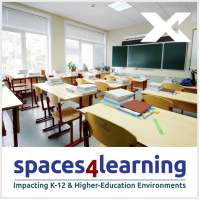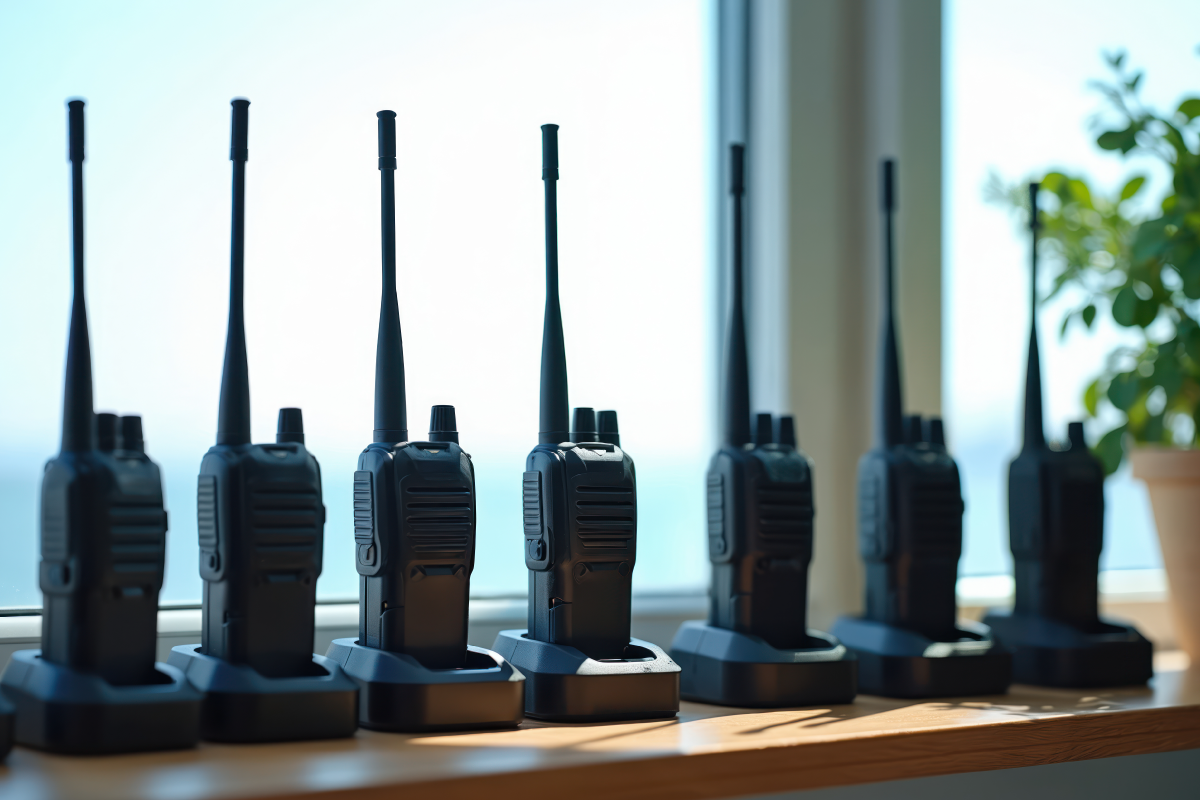CEL-FI Increases Safety at Texas School District
The Challenge
An independent, Texas-based school district comprised of 33 educational institutions including elementary, middle, and high schools needed to resolve its cellular reception problems. Students now use cellphones regularly to access reading and math programs via a mobile app, and students often rely on the devices to complete assignments or quizzes. Another motivation to alleviate the inadequate cellular service throughout its facilities through an in-building cellular coverage solution was the safety of its 24,000 students and more than 4,500 staff.
The Assistant Superintendent of Technology Services at the school district explained that cellular reception is important not only for access to education technology, but also for safety on their campuses. “Our students’ safety and security are paramount. Like many other institutions, we have recognized a need to fortify communications for staff and students within our facilities. Having reliable communications through their mobile devices is now a basic need at our campuses for emergency communications and mass notifications.”
Staff and students must be able to make 9-1-1 calls on a mobile phone from anywhere within a school campus in the event of an emergency for location accuracy, according to guidelines set by the Safer Buildings Coalition.
Construction Materials Blocked Cellular Signals
The district was experiencing dead coverage zones in its facilities due to building materials that were obstructing the cellular carriers’ signals, which were being broadcast from nearby towers and penetrating into and throughout the campus buildings. Sheet metal roofs and, in some cases, double layers of roofing (from when a new roof was built on top of an older roof during recent renovations) were among the issues causing signal disruption. The district also added new, cinderblock outer walls to the original brick walls as part of the renovation. Cinderblock is a common construction material for school facilities and is known to block cellular signals.
The Solution
The district wanted a solution that could deliver strong signal from all major U.S. cellular carriers throughout all key areas of their facilities. They also required the least amount of intrusive cabling and wanted a system that could be monitored in real time.
A system integrator was brought in to evaluate the cellular coverage problems at the facilities and provide the best and most cost-effective design. The walk test for signal strength showed the areas that required coverage in the initial project ranged in size from 10,000 to 200,000 square feet across all their facilities – including the middle school with its separate, two-story, standalone gym; as well as the high school and the elementary school.
The system integrator determined that the best solution to install was CEL-FI QUATRA 4000, an innovative hybrid Distributed Antenna System (DAS) that solves the challenges of poor voice quality, dropped calls, and dead zones in large buildings and multi-building complexes.
DAS is the gold standard for solving cellular coverage issues such as those experienced by the school district. A complete DAS consists of antennas on the roof of a building to receive the signal from the carrier’s towers. These signals are then routed by cable to the head-end of the DAS placed inside the facilities. The head-end amplifies the signal and relays it through cabling to distribution antennas that are placed throughout the facilities to rebroadcast the signal to cellular devices used by occupants.
Traditional DAS solutions can take a year or longer to install and are very expensive and usually out of the budget range for facilities under a million square feet. Older DAS solutions available for smaller spaces cost less and can be deployed more rapidly. However, this older technology generally provides inconsistent quality in cellular coverage from one carrier to the next, with signal degradation to the remote distribution antennas that often results in areas of a building continuing to experience poor service—or none at all.
In comparison, CEL-FI QUATRA is an intelligent, all-digital system that delivers uniform in-building cellular coverage for all carriers with a cellular signal that is up to 1000x stronger than solutions based on older analog technology, offering a much larger coverage footprint. It uses ethernet cable, rather than the coax cable used by older technology. Ethernet cabling eliminates signal loss and delivers the power required by the distribution antennas, so there is no need to install additional power outlets. With faster installation, 5G compatibility, and remote monitoring features, CEL-FI QUATRA provided the future-proofed solution the school district required.
The Results
The installation of CEL-FI QUATRA took three weeks to complete with a team of three. After the initial campuses were completed, the district immediately received positive feedback from students, staff, and families. The district is now focused on deploying this innovative solution at all elementary, middle, and high school campuses.
The district Assistant Superintendent said the CEL-FI QUATRA solution provides exactly what they required. “It is a simple, manageable system that is scalable, reliable, and carrier-agnostic. It provides consistent communications for all of our students and teachers while giving them peace of mind as they carry out their day-to-day activities at our campuses.”
A version of this article was originally published by Spaces4Learning.




